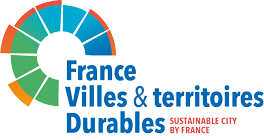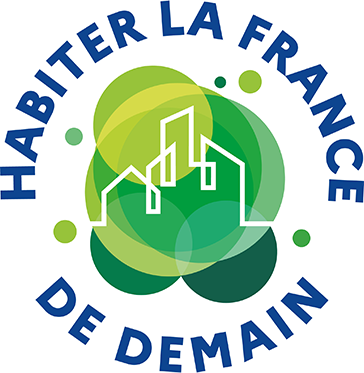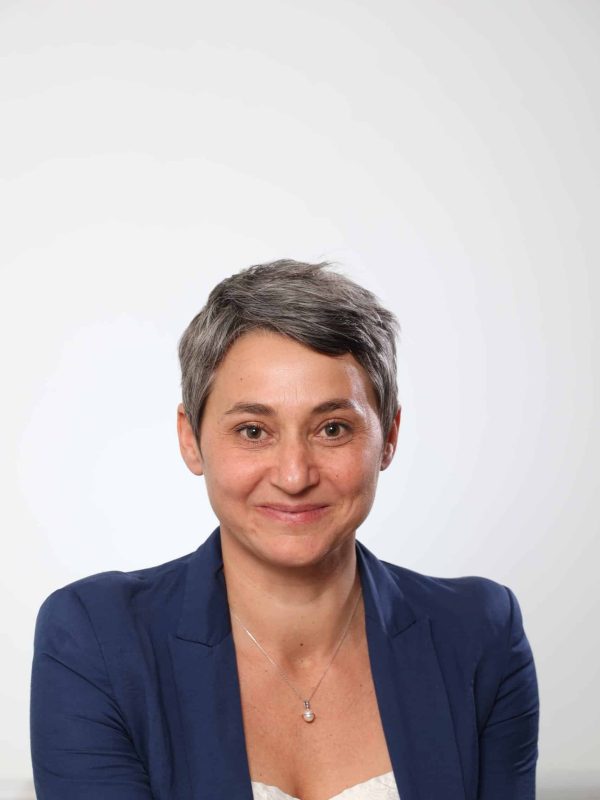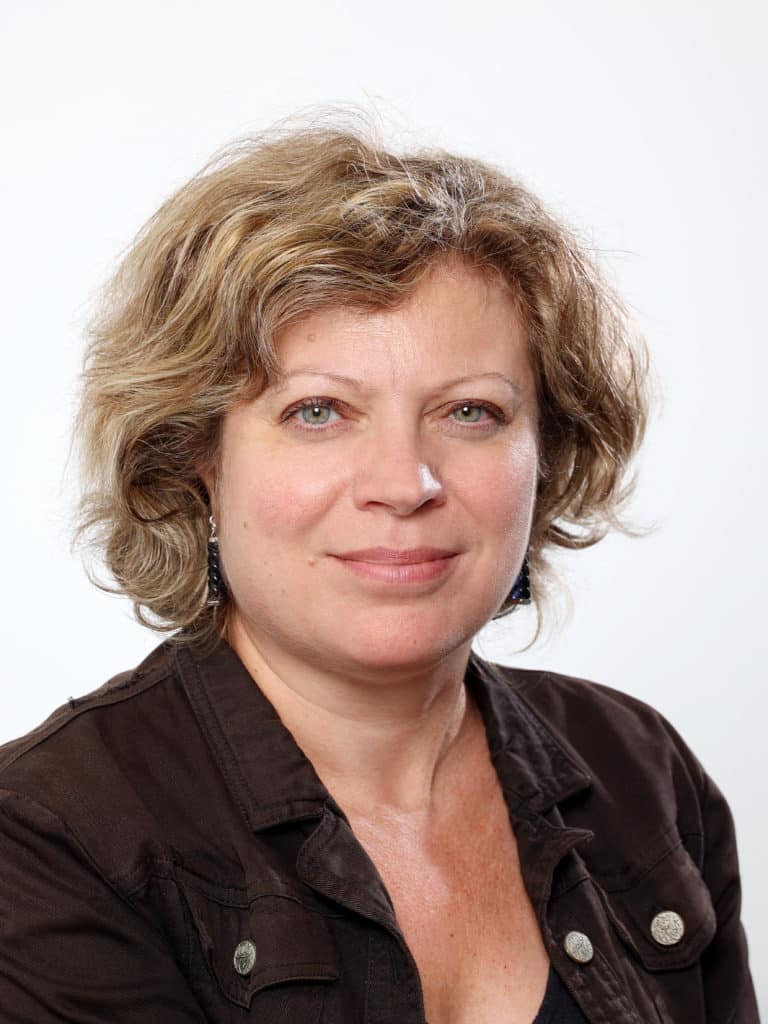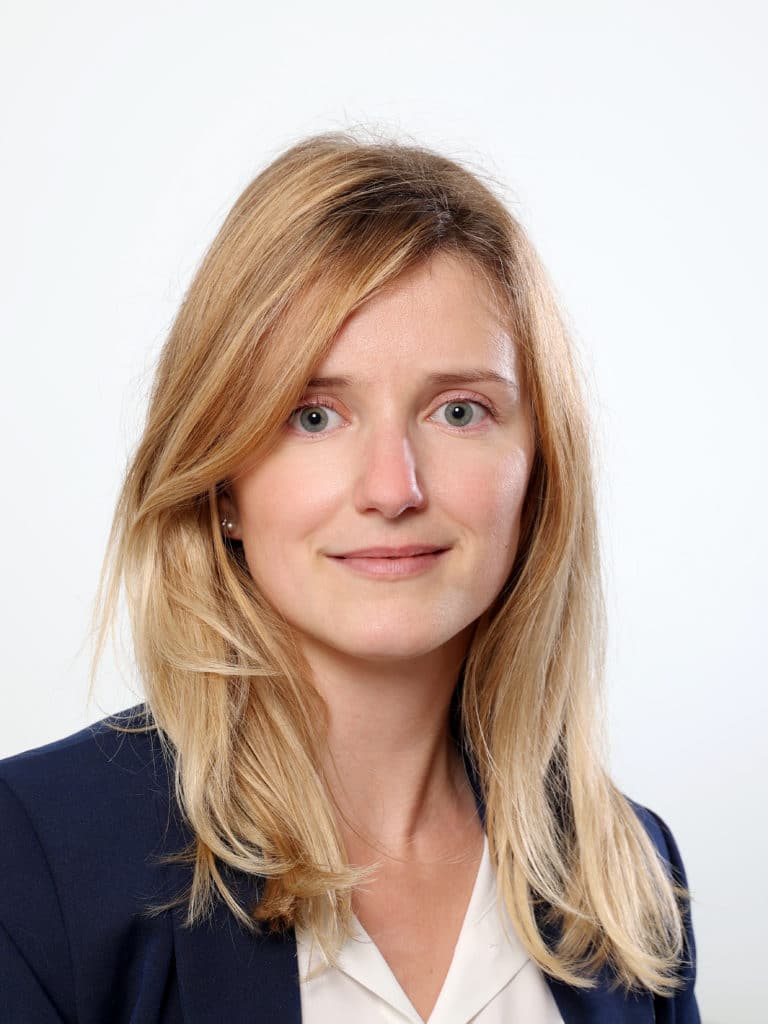The Hive
A project proposed by Construction 21

Contributor
h.joinau@dauphins-architecture.com
Description
The project is an operation of social experimentation that takes the notion of "experimental" to heart so that it can be inscribed in a reality that is understandable and accessible to all the actors in the project, from its conception to its realization and throughout its life.
It is a social cooperative collective housing project, i.e. it is a group of reasoned people constituted by cooptation to pool their resources in order to build their housing. The users benefit from the investment of a social landlord and from a project ownership assistance. However, this takes us away from the classic process of setting up an operation. By the very nature of the project, everyone (users/owner/contractor) is involved and responsible, giving the project a "brought in" dimension.
The construction system of wood frame and straw infill, the passive ambition of the operation, the bio-sourced character of the materials used and all the attitudes of the project stem from this human dynamic. This attitude is at the heart of the energy saving issues, however simple it may be.
The innovation goes in the direction of simplifying the systems used, a return to the essentials, promoting local, renewable resources, integrated into the natural cycle of manufacture and end of life and encouraging the development of local networks and an economy on a human scale. Against the tide or as the bearer of a respectful current of life on earth, the project wishes to praise the highest human ingenuity, the awareness of its potential for mutual aid, listening and transmission.
The cooperative housing of Bègles "La Ruche", translated in English "The Hive" is the bearer of this desire to transform the city, an urban village with a human face. To build tomorrow's housing together and differently. Thus the success of this project will have an immediate effect on the transformation of the city of Bègles in the sense that it commits it to the path of cooperative and participative housing, and thus to real changes in the ways of making the city and its main component, housing.
- Rénovation / Réhabilitation
- Quality of housing
- Construction
- Social solidarity economy
- Economy of service functionality
- Strengthening of social links and of solidarity
- Housing
Factsheet
- Metropolis
- Urban community
Distinction
Project evaluation*
based on contributor declaration
Criteria n°1: SUFFIENCY
The layout of the building respects the town’s Local urban planning scheme (PLU) and frees up additional outdoor use by occupying the roof terrace due to the small size of the plot.
The gardens are freely used by the inhabitants.
Four parking spaces have been designed as permeable and reversible surfaces for use as gardens at the request of residents.
The project benefited from the support of the “Bâtiment Aquitain Basse Energie” region where an LCA study was carried out. It was completed by an experimental study with a view to the E+C- experimentation; the operation would be E3C2 equivalent to date.
The materials used for most of the project are wood, straw, earth and lime from the region (pine from the Landes and Limousin, straw from the Gers, clay from Biganos and lime from St Astier)
Each lodging is equipped with a statement of consumption by station allowing the users to correct their consumption. They are equipped with an individual pellet stove with a consumption of less than €150 per year to heat their dwelling due to the thermal performance of the walls insulated with straw and coated with earth. In summer the comfort is excellent with a delta of 6 to 8° between inside and outside at the most critical PIC at the end of the summer day.
The concrete floor screed poured over the wooden floor, combined with heavy cob walls and earthen renderings, provides a good phase shift. Large south-facing windows with high-performance blackout blinds also contribute to the energy efficiency of the project.
The systems implemented are simple and can be appropriated by the inhabitants (pellet stove and thermo-dynamic tanks for domestic hot water).
The inhabitants were introduced to the construction method of the project through a participative building site and were given a user’s guide for a better appropriation of their housing.
An ASL (Free trade union association of owners) manages the shared spaces. They have been trained to manage future housing expenses.
The knowledge of their building, the simplicity of the systems and the involvement of the inhabitants ensure the longevity and care of the project.
Criteria n°2: INCLUSION
The project initially involved the territorial actors, the City of Bègles, the EPA Euratlantique (Public planning establishment) and the HLM (low cost housing) cooperative Axanis in order to allow the acquisition of land at a controlled cost and oriented towards a participative housing project.
Public meetings led by an AMU (Assistant to the Democratic participation), CERISE, over a period of one year made it possible to form a group of residents who chose the architects and co-designed their habitat.
This participative housing project of eleven homes brings together families ranging from 5 children, to a reconstituted home, to a childless couple, to young couples with young children, retired women and single men with alternating childcare … In short, a great social mix with social accession and social rental (via the Aquitanis subsidiary).
Today the place is teeming with life, with retired people looking after the children and adults… An inspiring response in these times of isolation!
The fact that there was social rented housing (2 dwellings) made it possible to maintain the initial group of residents. Any inhabitant wishing to join the project and co-opted by the already constituted group could do so without reference to the financial (borrowing) capacity of the household. This was a courageous choice by the operator and was made possible thanks to its rental subsidiary. Today, one of the social rental units has been purchased by the ASL (Free trade union association of owners) in order to reduce the rent and keep the household in difficulty on the premises.
Proof of solidarity in the face of difficult situations ….
You have to come to The Hive to see how the place has been appropriated. Every corner of the outdoor spaces is inhabited by plants, trees, a terrace, a children’s play area, a bicycle shelter, etc. The sanitary containment has been serenely overcome within the project.
The common room, which is open to the neighborhood, hosts AMAP (Associations for the maintenance of peasant agriculture) baskets, cultural associations (language courses), screenings, relaxation practices, etc. The Hive actively participates in the life of the neighborhood.
Criteria n°3: RESILIENCE
A more intuitive approach that responds to a demand from residents to live together and be active in their homes, to use local and healthy materials and to know how they work.
The 180° design office enabled us to cross-reference intuitive data with quantified verifications (LCA, RT, GHG, sunshine study, phase shift (summer comfort), etc.). The acoustician helped to optimise the installation of wooden floors. The meeting with local craftsmen on their way of doing things guided the design of the project. It is the sum of this synergy within the project management team and the local actors that the project becomes coherent on its territory.
Criteria 4: CREATIVITY
Within the framework of this project, we can more humbly speak of feeding or sustaining the existing sectors.
Through the so-called “participative” training site, we have reached about fifty local actors from all walks of life over a period of 6 weeks to learn about earth and straw construction methods (framework and wood walls and cob partitions): inhabitants, students, engineers, architects, craftsmen, elected officials (and yes, an elected official from the neighboring commune), etc.
The construction methods call on pre-war know-how or the advent of concrete, in particular the cob walls. For the earth-coated straw walls, we are using a modern construction method which is becoming more and more competent year by year; we were using insulated wooden I-beams with exterior panel bracing and interior earth coating (making the building airtight).
Concerning the governance, said to be horizontal or by consensus, this is part of the functioning of the inhabitants. (see the life charter of The Hive project).
Last criteria: potential of replicability ?
Axanis is extending participatory housing operations using the same methods as The Hive project.
The agency carries out other housing operations in participatory housing or in inhabitant cooperatives.
The constant is the group of residents who originated the request (specifications, programme).
The Hive project lasted a total of 4 years, including 1 year to set up the residents’ group before the project management team was chosen. The operation was completed at a construction cost (1450€/m²) and a resale price per m² (2600€/m²) well within the market price range, with a high quality of life and materials used: “This type of housing should be the norm”, as Brahim, a resident of The Hive, explains.
